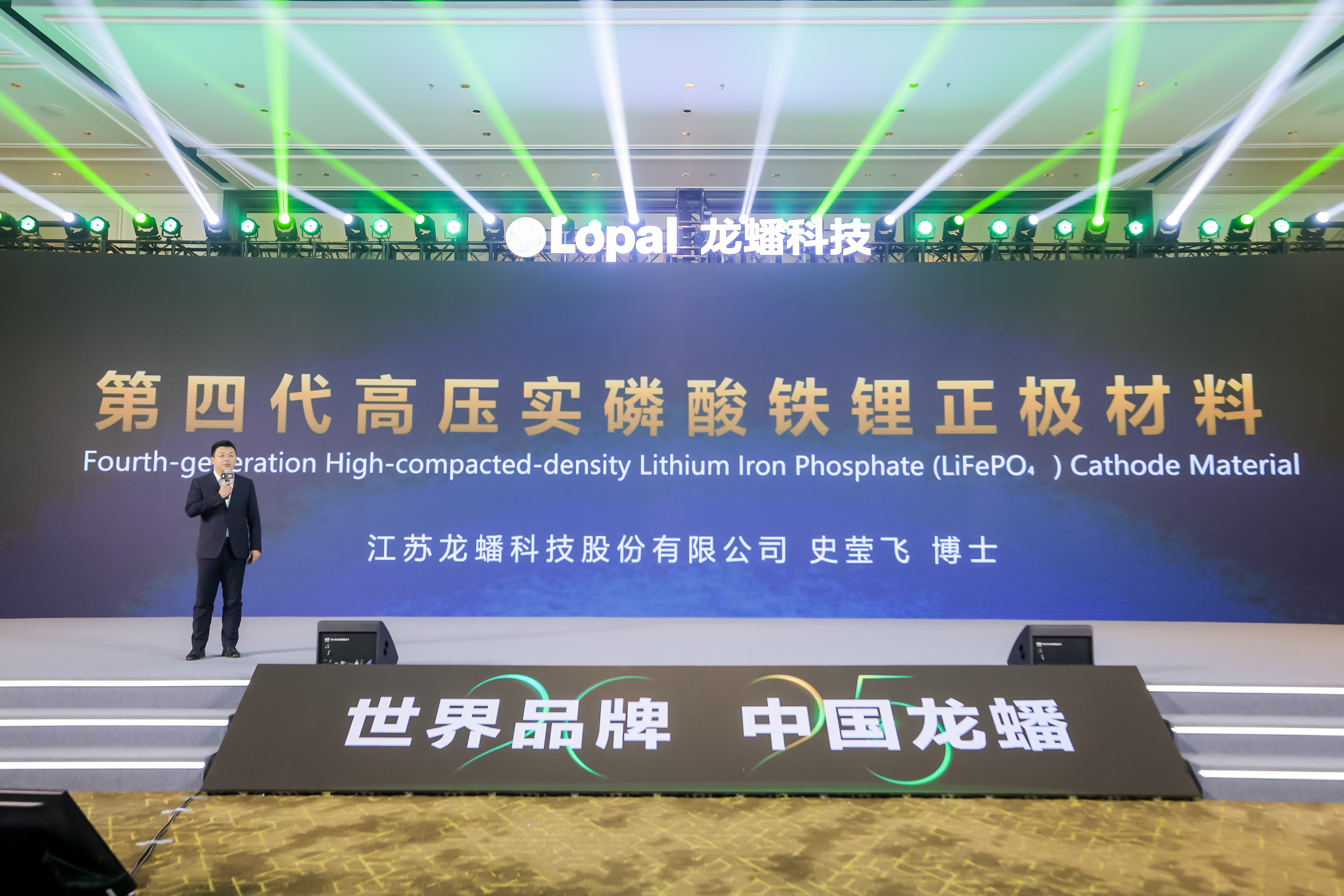[LBM TECH] Continuous optimization of LBM S526: One sintering solves the performance and cost dilemma, with positive market response
Release time:
2025-07-04

Against the backdrop of a surge in demand for high-energy density and low-cost materials in the global power and energy storage battery market, LBM launched the new generation of high-voltage lithium iron phosphate cathode material S526 in March this year. With continuous technological process optimization and industry recognition, it has become a key force in promoting the upgrading of the new energy industry. Since its release, the product has been continuously optimized and upgraded based on the industry-leading "one-time sintering process". It not only overcomes the high cost problem of traditional preparation technology, but also achieves performance leaps in the fields of power batteries and energy storage, promoting the upgrading of the new energy industry towards high cost-effectiveness with its continuously evolving technological strength.
Iteration of High Pressure Dense Materials: From Process Optimization to Paradigm Revolution
Lithium iron phosphate cathode materials have undergone multiple rounds of technological iteration, and the current mainstream products have increased their compaction density from the first generation 2.3g/cm³ to over 2.6g/cm³ in the fourth generation. The current path for improving compaction density in the industry mainly revolves around three directions: element doping optimization, particle size distribution technology, and sintering process. While most companies are still seeking minimally invasive technology in secondary sintering, LBM has already pushed the powder compaction density to 2.62g/cm³ with S526, approaching the level of secondary sintering compaction, and simultaneously achieving a dual reduction in energy consumption and cost. This marks the official entry of the fourth generation materials into the parallel era of "high density and low price".
The dilemma of popularizing the second burning process: the cost shackle needs to be broken
Although the secondary sintering process, which optimizes the crystal structure and particle morphology of materials through secondary high-temperature calcination, is currently the mainstream solution for achieving compaction above 2.6g/cm³, its inherent defects are becoming a roadblock to the popularization of technology - this process leads to a sharp increase in energy consumption costs, as well as increased equipment losses and limited capacity release, directly pushing up the ton cost of products.
Mass production landing: from laboratory to mass production supply
S526 is not just about paper innovation. As of now, the product has passed multiple rounds of mass production verification. Batch trial production has been completed on the existing high-voltage production line of LBM, with a deviation of less than 1% between the measured data and the laboratory. At present, the production capacity of S526 has reached the level of thousands of tons, becoming the first batch of commercially mass-produced one fired high-pressure dense materials in the world, completely breaking through the technical barrier of "one fired and high-pressure dense".
The breakthrough of LBM S526 is not only a technological innovation, but also a response to the sustainable development needs of the lithium battery industry. This breakthrough in LBM will drive the fourth generation of high-pressure solid materials from being "high-end optional" to being "mainstream must-have". As the industry breaks free from the cost constraints of the secondary firing process, a wave of high-end lithium iron phosphate driven by process innovation is reshaping the global competition landscape for new energy.
Latest News

HOW CAN WE HELP ?
Get In Touch With Us!
Related Link:







